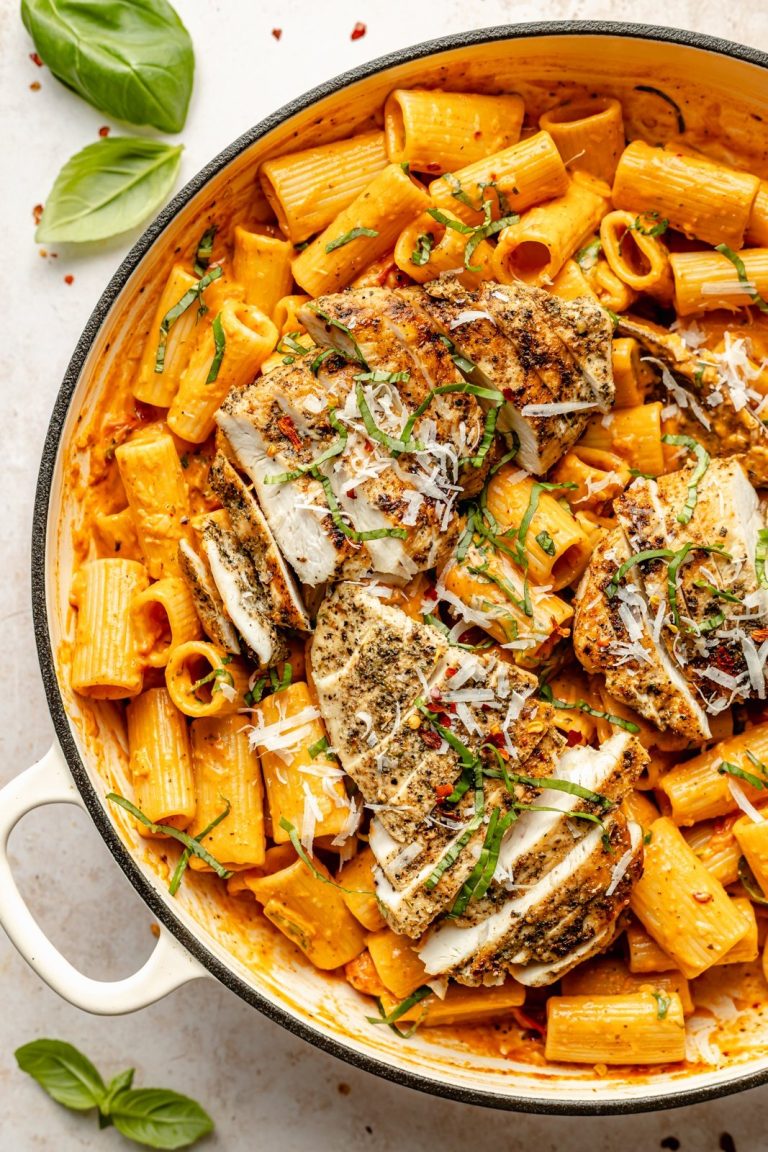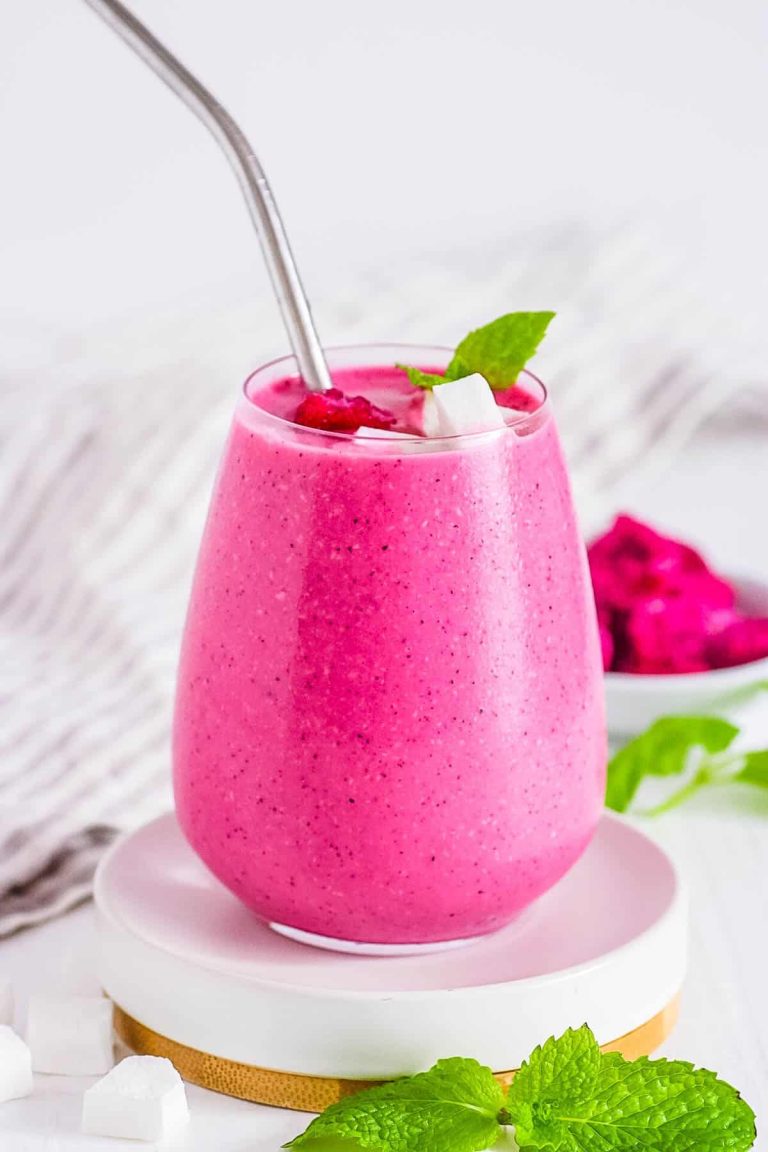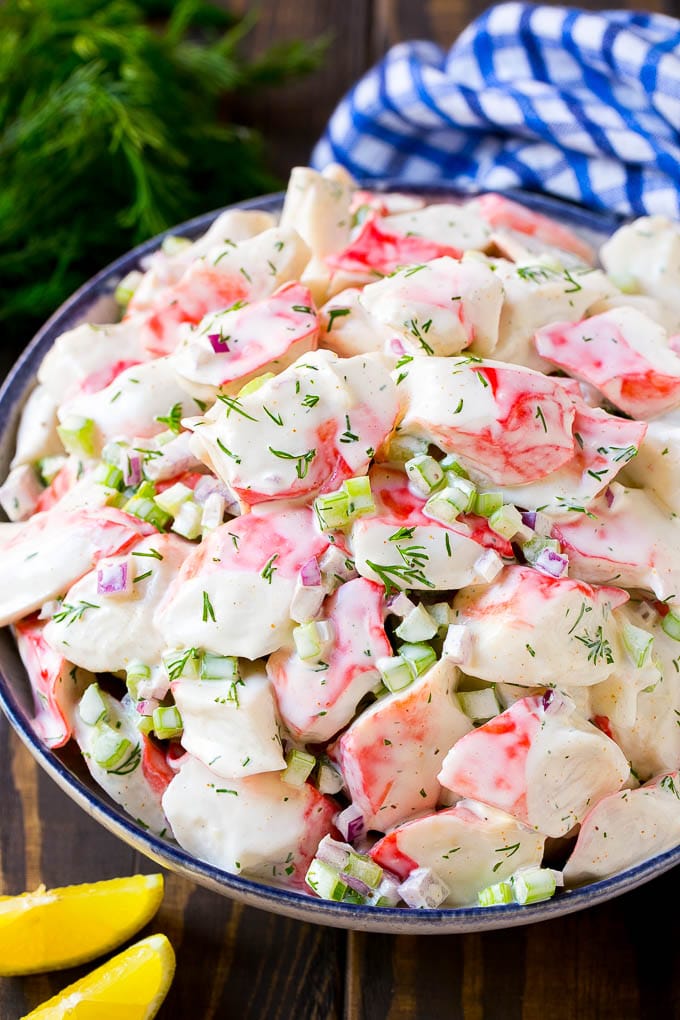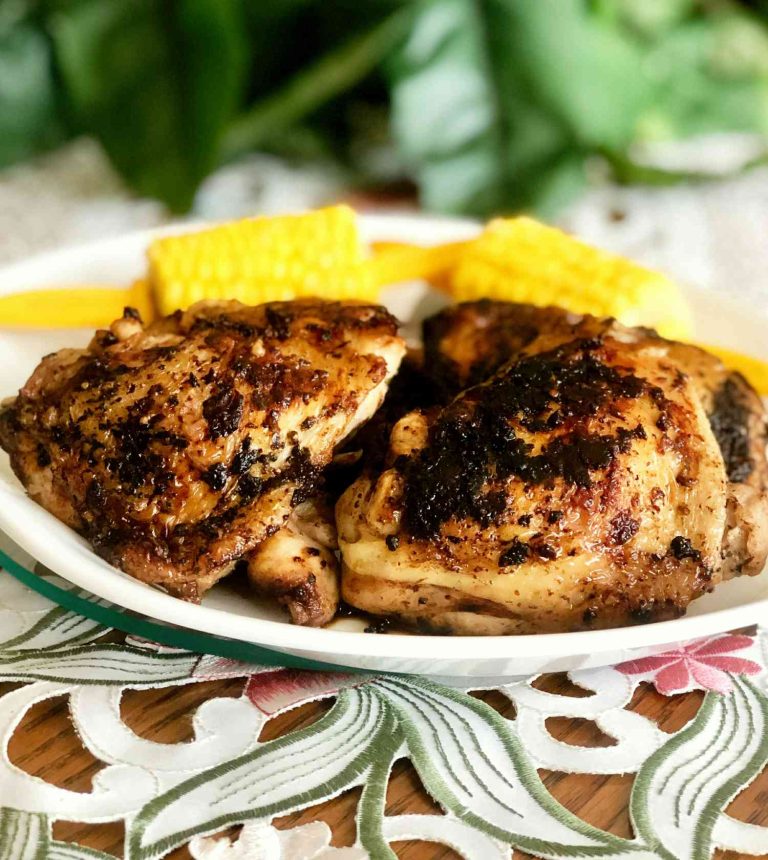Goat Cheese Sauce Recipe
Goat cheese sauce is a creamy, tangy condiment made primarily from goat cheese. This sauce’s rich texture and distinct flavor make it a versatile addition to various dishes. It complements pasta, grilled vegetables, meat, and even serves as a sophisticated dip. The tanginess of goat cheese distinguishes this sauce from others, providing a unique taste experience.
Key Ingredients And Varieties
Goat cheese sauce generally contains a few key ingredients. The primary component is goat cheese, known for its distinct, tangy flavor. Other common ingredients include:
- Milk or Cream: Enhances the sauce’s creaminess.
- Butter: Adds richness and helps achieve a smooth texture.
- Garlic: Imparts a subtle, aromatic flavor.
- Herbs: Common choices are thyme, rosemary, or parsley.
Varieties of goat cheese sauce may include different herbs or additional ingredients like lemon zest, white wine, or Dijon mustard to enhance flavor complexity. You can experiment with these elements to tailor the sauce to your preference, making it either more robust or mild.
By leveraging these basics, you can create a versatile, flavor-packed goat cheese sauce that elevates any meal.
Health Benefits of Goat Cheese Sauce
Nutritional Profile
Goat cheese sauce offers a rich nutritional profile. It’s high in protein and healthy fats, promoting muscle repair and sustained energy levels. Goat cheese contains essential vitamins and minerals, including calcium, which supports bone health, and vitamin A, which boosts the immune system. Additionally, goat cheese’s lower lactose content compared to cow’s milk makes it easier to digest for lactose-sensitive individuals.
Dietary Considerations
Goat cheese sauce fits well into various dietary needs. It’s suitable for gluten-free diets when prepared without thickeners containing gluten. The sauce’s calcium and vitamin D contribute to stronger bones, benefiting those with osteoporosis or similar conditions. For vegetarians, goat cheese is a valuable protein source in the absence of meat. Moreover, the probiotic properties of goat cheese aid digestion and support gut health. If you’re watching your calorie intake, use it sparingly as part of a balanced diet.
Culinary Applications
Pairing Ideas with Goat Cheese Sauce
Goat cheese sauce pairs well with various dishes, adding a creamy and tangy touch. Drizzle it over roasted vegetables like carrots, bell peppers, or asparagus for enhanced flavors. Use it in pasta dishes, blending it with fresh herbs and a splash of lemon juice for a vibrant taste. Spread it on grilled meats such as chicken or lamb to elevate their richness. It’s also a delightful addition to seafood, complementing dishes like baked salmon or shrimp. For a quick snack, try it as a dip with crusty bread or crackers.
Popular Recipes
Incorporating goat cheese sauce into recipes can transform everyday meals. One popular recipe is Goat Cheese Pasta. Cook your choice of pasta, then mix it with goat cheese sauce, spinach, and sundried tomatoes. Baked Goat Cheese Chicken is another favorite. Top chicken breasts with the sauce, then bake until golden and tender. For a vegetarian option, prepare Goat Cheese-Stuffed Mushrooms. Fill large mushroom caps with the sauce, then roast until the mushrooms are juicy and the topping is bubbly. Finally, Goat Cheese Pizza offers a unique twist. Spread the sauce over pizza dough, then top with arugula and prosciutto before baking until crispy.
Making Homemade Goat Cheese Sauce
Essential Tips for Beginners
Choosing Quality Ingredients enhances the flavor. Use fresh goat cheese, unsalted butter, and fresh garlic cloves. Opt for high-quality milk or cream to achieve a creamy texture.
Using Proper Proportions helps balance the sauce. A ratio of 4 oz goat cheese to 1 cup of cream works well. Adjust these amounts based on your preferences and the desired consistency.
Melting Cheese Gently prevents curdling. Use low to medium heat, and add the cheese gradually while continuously stirring. This ensures a smooth, creamy texture.
Seasoning Carefully avoids overpowering the sauce. Start with small amounts of salt, pepper, and any additional herbs. Taste as you go, and adjust to achieve a balanced flavor.
Common Mistakes to Avoid
Overheating the Sauce causes separation. Keep the heat low and stir continuously to maintain a smooth consistency.
Using Pre-Crumbled Cheese affects texture. Freshly crumbled cheese melts better and delivers a more consistent sauce.
Ignoring Ratios results in an unbalanced flavor. Stick to recommended proportions, and gradually adjust as necessary to suit your taste.
Skipping Fresh Ingredients reduces the sauce’s quality. Fresh ingredients contribute to a richer, more flavorful sauce.
Rushing the Cooking Process leads to inconsistent results. Allow the sauce to cook slowly, ensuring all ingredients meld well together.
Conclusion
Mastering the art of goat cheese sauce opens up a world of culinary possibilities. Whether you’re enhancing your favorite pasta, elevating roasted vegetables, or adding a gourmet touch to grilled meats, this sauce is a versatile and delicious addition to your kitchen repertoire. With its rich, creamy texture and tangy flavor, goat cheese sauce is sure to impress your family and guests alike. Remember to experiment with different herbs and ingredients to find your perfect blend. By following the essential tips and avoiding common mistakes, you’ll create a consistently flavorful sauce every time. Enjoy the journey of making and savoring this delightful sauce in your meals!






